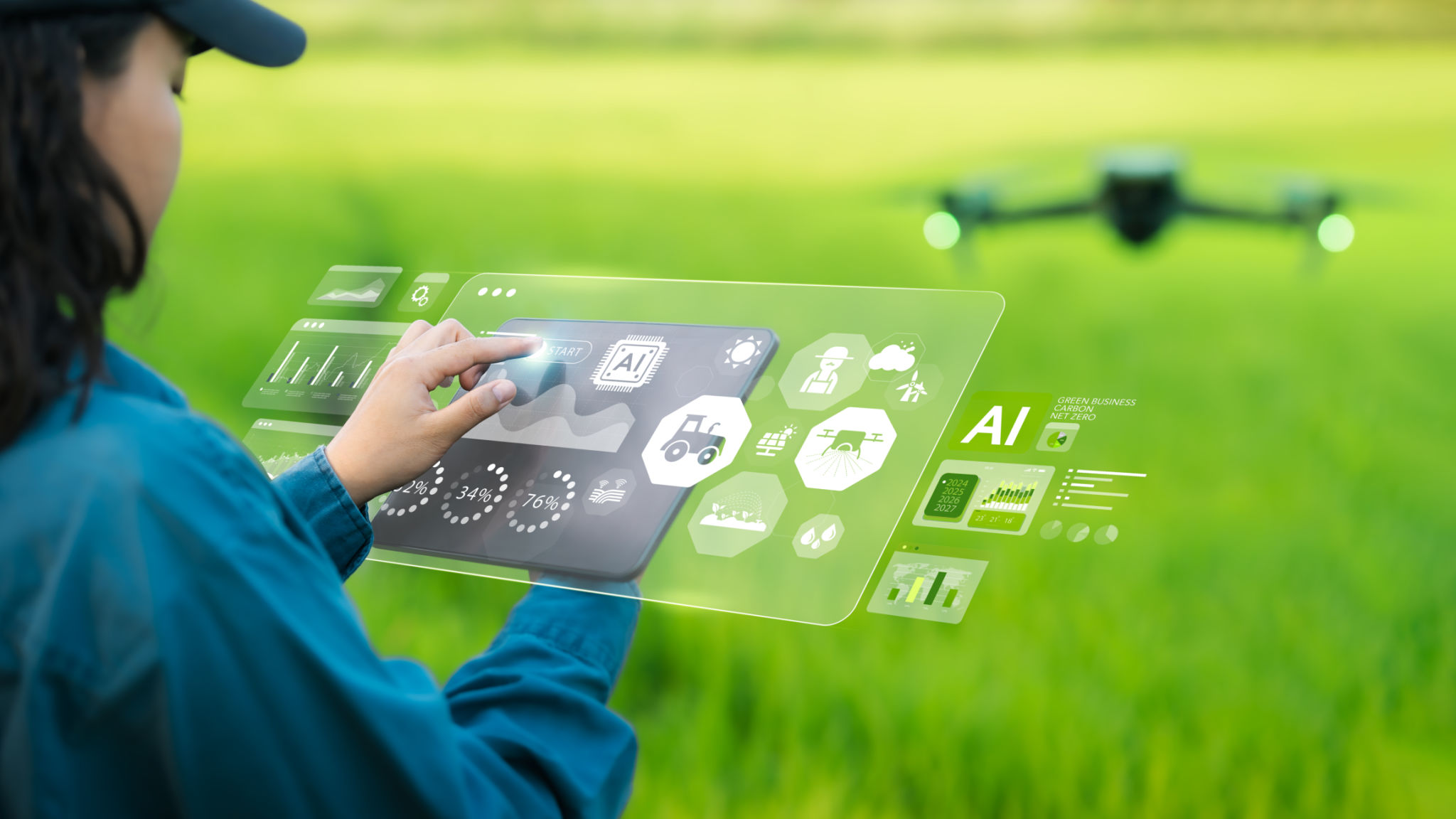Robotic Farming Solutions: Addressing Common Misconceptions
Robotic Farming Solutions: Addressing Common Misconceptions
In recent years, robotic farming solutions have revolutionized the agricultural industry, promising increased efficiency and productivity. However, despite the numerous benefits, several misconceptions persist about this cutting-edge technology. It's crucial to address these misunderstandings to harness the full potential of robotic farming.

Misconception 1: Robots Will Replace Human Labor
One of the most prevalent misconceptions is that robots will completely replace human workers in agriculture. While automation does change the nature of labor, it does not necessarily eliminate jobs. Instead, it redefines roles, allowing workers to perform more complex and less physically demanding tasks. This shift can lead to better job satisfaction and opportunities for skill development.
Robotic farming solutions can handle repetitive and dangerous tasks such as planting, weeding, and harvesting. By automating these processes, humans can focus on decision-making, management, and strategic planning, which are essential for farm success.
Misconception 2: Robotic Farming Is Too Expensive
Another common myth is that robotic farming solutions are prohibitively expensive and only accessible to large-scale farms. While initial investments can be significant, the long-term cost savings often outweigh the upfront expenses. Automation reduces labor costs, increases yield efficiency, and minimizes waste, leading to higher profitability.

Moreover, technological advancements are making robotic solutions more affordable for small to medium-sized farms. Various financing options and government incentives are also available to help farmers invest in these technologies.
Misconception 3: Robots Lack Precision in Tasks
Some people believe that robots lack the precision needed for complex agricultural tasks. However, modern robotic systems are equipped with advanced sensors and artificial intelligence that enable them to perform tasks with incredible accuracy. From planting seeds at the optimal depth to detecting pests and diseases early, robots offer precision that often surpasses human capabilities.
This precision not only enhances productivity but also contributes to sustainable farming practices by reducing the use of resources like water and fertilizers.

Misconception 4: Robotic Farming Is Not Environmentally Friendly
Contrary to the belief that robotic farming is detrimental to the environment, it actually promotes sustainability. By optimizing resource use and reducing the need for chemical inputs, robotic systems contribute to eco-friendly farming practices. Automated systems can monitor soil health and adjust inputs accordingly, minimizing environmental impact.
Furthermore, robots help in reducing soil compaction by using lightweight machinery, preserving soil structure and promoting better crop growth.
The Future of Farming Is Integrated
The integration of robotics in agriculture represents a shift towards smarter and more efficient farming practices. As we move forward, understanding and addressing these misconceptions will play a crucial role in shaping a sustainable and productive agricultural future. Embracing technology does not mean abandoning traditional methods but rather enhancing them for better outcomes.